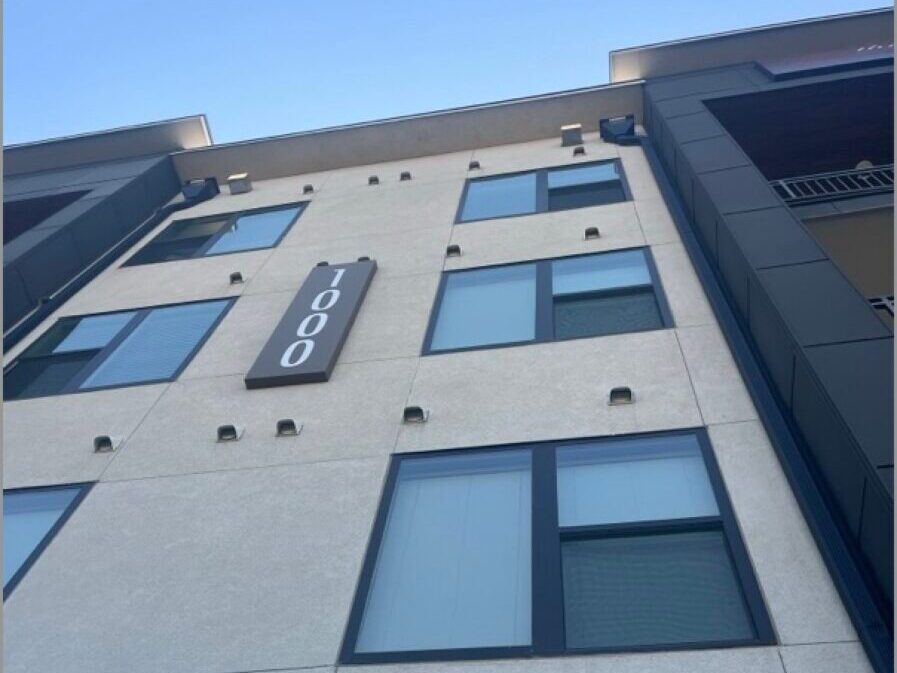Multi-Family Roofing Systems: Choosing What Works
Property managers know that decisions for multi-family roofing carries more weight than almost any other maintenance choice you’ll make. A single-family home needs one roof. Your apartment complex or condominium building needs a roofing system that protects dozens of families simultaneously while keeping maintenance costs predictable and tenant disruptions minimal. When that roof fails, you’re not dealing with one unhappy homeowner—you’re managing multiple households, potential property damage across units, and the financial pressure of an emergency that affects your entire operation.
The roofing system you choose for your multi-family property directly impacts your bottom line for the next two to three decades. Research from the National Roofing Contractors Association indicates that properly selected and installed commercial roofing systems can last 20 to 30 years with appropriate maintenance, while poorly matched systems may require replacement in half that time. At JNL Roofing Contractors, we’ve seen how the right choice protects property values and keeps residents safe, while the wrong one creates cascading problems that drain resources year after year.

Understanding Your Multi-Family Roofing Options
The roofing industry offers several systems designed specifically for multi-family properties, each with distinct advantages depending on your building’s architecture, budget, and long-term goals. Modified bitumen roofing combines the reliability of traditional tar and gravel systems with modern polymer technology, creating a durable membrane that handles foot traffic well—important when you need maintenance access to HVAC units or other rooftop equipment. This system performs particularly well in regions with temperature extremes, expanding and contracting without compromising its waterproof seal.
TPO and PVC single-ply membrane systems have gained significant popularity in multi-family applications over the past decade. These white or light-colored roofs reflect sunlight effectively, reducing cooling costs for upper-floor units during summer months. Studies from the Cool Roof Rating Council show that reflective roofing can lower surface temperatures by 50 degrees or more compared to traditional dark surfaces. For property owners watching utility costs and trying to offer competitive rental rates, these energy savings add up quickly. The heat-welded seams create watertight barriers that resist leaks better than mechanically fastened alternatives, though they do require skilled installation to achieve optimal performance.
Built-up roofing systems, sometimes called BUR, represent the time-tested approach many property managers trust. Multiple layers of reinforcing fabric and bitumen create redundancy—if one layer develops a problem, others continue protecting the structure. This system handles ponding water better than some alternatives, which matters for buildings with less-than-perfect drainage. The installation process does produce noticeable odors that can affect residents temporarily, something worth considering when planning your project timeline.
Making the Decision That Protects Your Investment
Your building’s specific characteristics should drive your roofing system choice more than general industry trends. Flat and low-slope roofs dominate multi-family architecture, but the subtle differences in pitch, drainage patterns, and structural loading capacity influence which system performs best. A three-story walkup has different needs than a sprawling garden apartment complex, and a concrete structure can support heavier roofing systems that might overwhelm a wood-framed building.
Budget considerations extend beyond the initial installation cost. A cheaper system that needs replacement in 15 years costs more over its lifetime than a premium system lasting 30 years. Factor in the soft costs too—resident displacement during emergency repairs, property reputation damage from visible deterioration, and the administrative burden of managing roofing problems. The National Multifamily Housing Council emphasizes that deferred maintenance on major building systems like roofing typically costs three to four times more than proactive replacement when you account for secondary damage and emergency response premiums.
Moving Forward with Confidence
Choosing the right roofing system for your multi-family property doesn’t have to feel overwhelming. The key lies in working with roofing professionals who understand the unique pressures property managers face—balancing immediate costs against long-term value, maintaining resident satisfaction, and protecting your investment through every weather challenge the coming decades might bring.
JNL Roofing Contractors brings decades of multi-family roofing experience to every project we evaluate. We’ll assess your specific building, discuss your budget parameters honestly, and recommend systems that match your needs rather than pushing whatever product carries the highest margin. Your residents deserve a roof that protects them reliably, and you deserve a partner who makes that happen without drama or surprises. Contact us today for a comprehensive property evaluation and discover how the right roofing system transforms property management from reactive crisis management into proactive asset protection.
